Dippers are amazing birds and always a pleasure to watch as they dive under water looking for food or perch on boulders in tumbling rapids with the characteristic bobbing motion from where they get their name. They are also when you spend time with them very attractive with a mix of brown head, black wings and tails which appears slightly scale-like and shiny , rust red on the belly and a very bright white breast. The latter is a bit of a headache for the photographer and getting the correct exposure of these white feathers can prove a challenge, particularly in a woodland stream where the light is constantly changing. It a brave photographer who tries to photograph these birds under the midday sun! Dipper photography often requires some very busy times certainly changing camera settings. The birds also have thick white eyelids and a session will inevitably result in a few photos with a white patch where the eye should be.
First light starting to come through to the river.
Early spring is a good time to try and photograph these aquatic birds as the light penetrating the woodlands is not restricted by leaf growth and, as an early nesting species, they are usually very active. The nest is an impressive large spherical construction of moss around the size of a football and is often made under bridges or in piles of large wood debris at the river edge.
Some moss heading to the nest
An early alarm call rose me from my slumber yesterday morning, as I wanted to get to site as early as possible. I must admit I was really looking forward to the session and it would make such a pleasant change not to be photographing Dippers against the 1 hour clock. The main reason for an early start was that the site is a popular place for walking, including dogs, this obviously has its disadvantages but also there is a benefit in that the Dippers are relatively accustomed to people being around.
I decided to watch the birds for a while to work out which boulders they were mainly using as they approached the bridge and hoped the light would improve. As I watched it even started snowing briefly at one point but I could see the clouds would probably break up as the morning progressed. The birds were very busy and constantly returning with beaks of moss and other soggy vegetation. When both birds were away I took a quick look at my preferred photography position to check what the water colour would look like as a background to the images. I always think this is important for dipper photography and small changes in position can make a large difference to the look of the photographs. Generally I am looking for areas of coloured water as the Dipper's dark colouration against light water does not usually result in good images. I moved back to the observation point before the birds returned. They left again and this time I go into position upstream of the bridge tucked into a fairly uncomfortable alcove in the bank down at water level.
The light was improving and the first glimmers of sunlight were appearing through the breaking cloud layer overhead. The surrounding woodland was filled with the joyful spring song of various tits, nuthatch and drumming woodpecker. The Dippers returned deposited their nest material and left to find more. They returned once again and went through the same routine before departing. They seemed happy with my presence, which is always important, so it was time to start taking some photographs. I must have been quite well hidden in my camouflage clothing as twice I had dogs appear behind me with a sudden apology and 'oh I didn't see you there' from the owners. Quite a few people crossed the bridge completely unaware of my presence including the family who found more delight in throwing rocks in the river then either me or the birds!
An unusually upright pose for a Dipper.
It was a great morning watching the pair going about their nest building routine and there were even some moments of good light. I moved position after a while to the far side of the river as I noticed some yellow water, caused by the reflection of a sandy clay bank. My final position was again tucked in the bank downstream of the bridge to get the birds in different settings. Each move was only made when the birds were away from the nest. By 10 am it was all over, as the skies turned leaden grey and it started to rain and hail. When I got back to the car it looked like my timing had been good as large numbers of walkers were assembling.
A adjacent sand bank created some attractive 'golden' water.
Overall it had been an enjoyable session and great to watch the antics of these 'giant water wrens'. Whether I will return for another session this year really depends on how easily I become sidetracked by other subjects. April is nearly upon us now and this is usually a very busy month for the wildlife photographer with the migrants birds arriving and mammals becoming much more














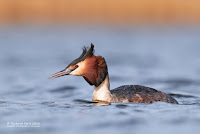



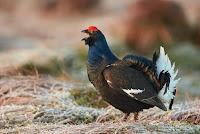


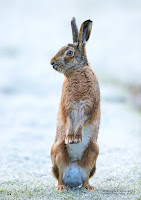
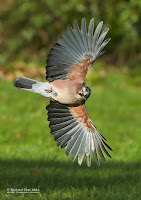

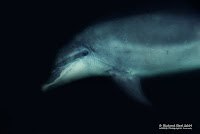
4 comments:
Beautiful. I think Dippers are amazing having watch several in the snowy rivers of Yellowstone National Park recently. I wish we had a member of the family in Australia.
Beautiful shots - think I might know where you were, I hope so anyway as it's very close to where we live and we were hoping to get some Dipper photos ourselves
Yes, I wish we had them in New Zealand, too. As usual, a wonderful array of shots taken in a wide variety of lighting conditions.
Well captured photos of a beautiful bird! Good work!
Post a Comment